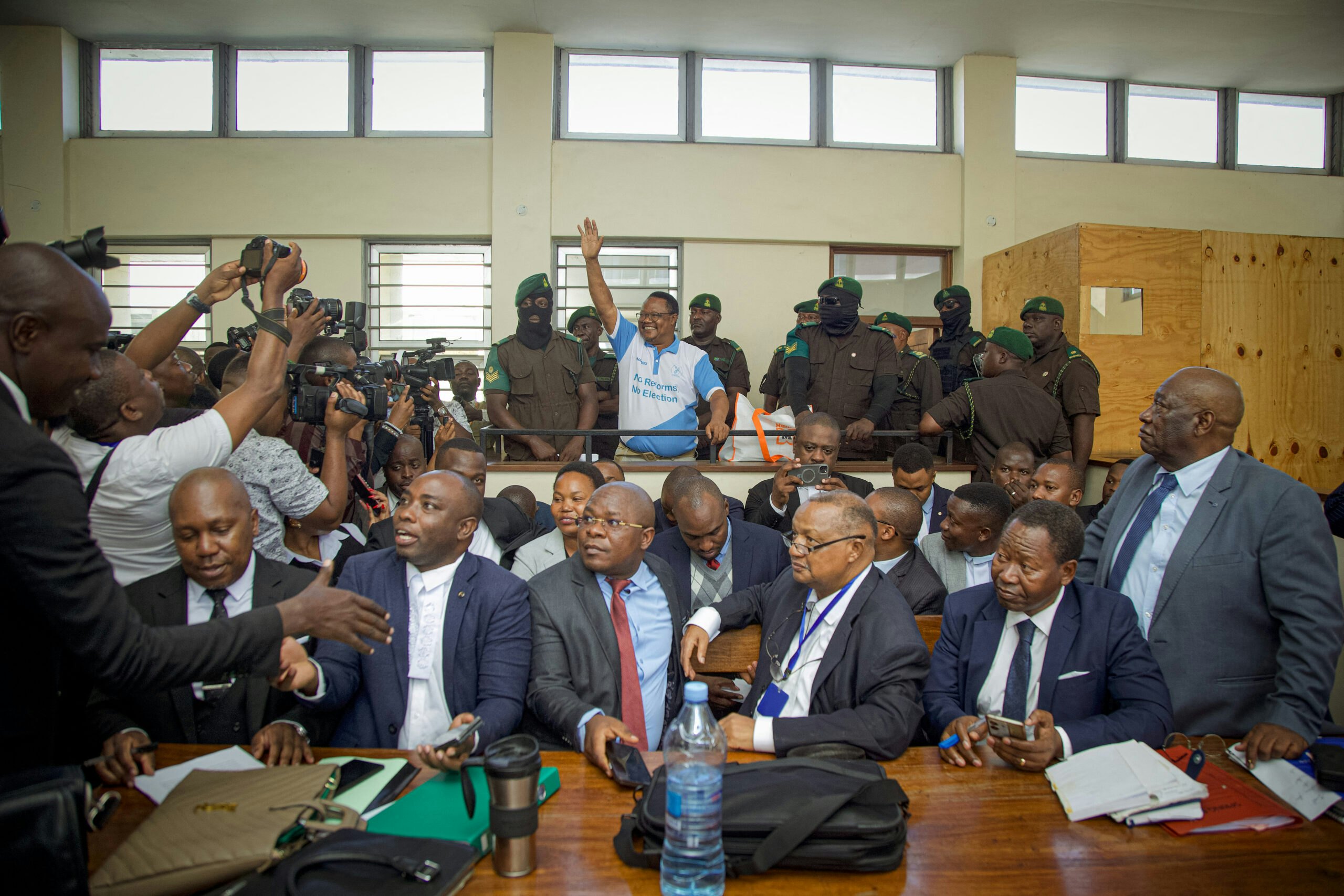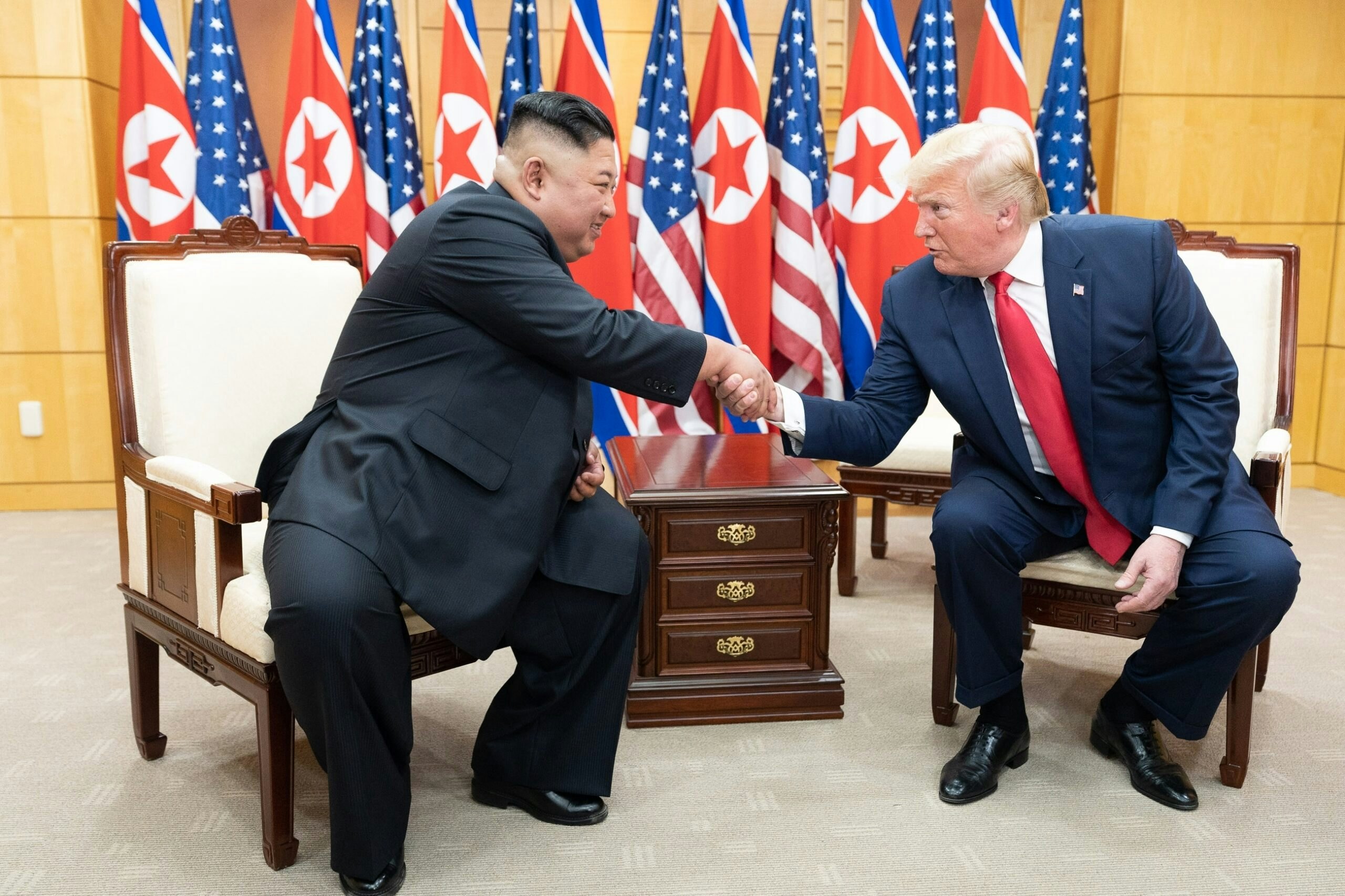Starting on Aug. 31, China will host the 25th Shanghai Cooperation Organization (SCO) summit in Tianjin. Beijing has said more than twenty world leaders and international organization heads will attend, including high-profile invitees such as Russia’s President Vladimir Putin, India’s Prime Minister Narendra Modi, and U.N. Secretary-General Antonio Guterres. Chinese officials frame the gathering as “neighborhood diplomacy,” aiming to showcase unity across a broad swath of Eurasia.
Notably, this will be Modi’s first trip to China in over seven years, adding potential significance for improving Sino-Indian ties after destabilizing border clashes in 2020 and other geopolitical disagreements. China will be also keen to capitalize on the recent fallout in U.S.-Indian relations over tariff policy.
Why this matters
The SCO is a political, economic, and security forum created in 2001 by China, Russia, Kazakhstan, Kyrgyzstan, Tajikistan, and Uzbekistan, which has since expanded to include India and Pakistan (2017), Iran (2023), and Belarus (2024), whose dictator Aleksandr Lukashenko plans to attend the summit. Last month, Armenia applied to join the SCO, and its Prime Minister Nikol Pashinyan will also attend the summit. While SCO members occasionally have conducted joint military exercises for “border security” purposes, the organization has failed to evolve into a formal defense alliance. Instead, over time the SCO has broadened from border security to dialogue on counterterrorism, trade, transit, energy, and digital issues. The SCO’s institutional pillars include a Beijing-based Secretariat and the sharply named Regional Anti-Terrorist Structure (RATS) in Tashkent, which coordinates against the so-called “three evils”: terrorism, separatism, and extremism.
The upcoming meeting will further allow China to flex its convening muscles as an emerging global power, to strengthen its burgeoning alliance with Russia, and to improve Beijing’s badly frayed relations with New Delhi. It is no accident that U.S. government bodies have called the SCO a “testbed for Chinese power projection.” Prominent scholars have also described the SCO as “the most important multilateral security structure in Central Asia that includes both Russia and China.” Thus, the Tianjin summit will be another opportunity for China and Russia to build alternatives to Western-led security and economic alliances.
What’s next
The 2025 Annual Threat Assessment of the Intelligence Community states that “Russia, China, Iran, and North Korea –individually and collectively –are challenging U.S. interests in the world by attacking or threatening others in their regions, with both asymmetric and conventional hard power tactics, and promoting alternative systems to compete with the United States, primarily in trade, finance, and security.” The SCO, which includes three out of the four of the so-called CRINK countries, is clearly an instrument of this concerted strategy to undermine U.S. global primacy. While the SCO may currently focus on optics, the powers behind it certainly intend to build substance behind the gathering.
In response, the U.S. needs to adopt a comprehensive set of policies to counter CRINK and Beijing’s authoritarian global ambitions by leading with our values of freedom and democracy, but also sharpening the hard power tools of American statecraft to continue to lead the free world.































